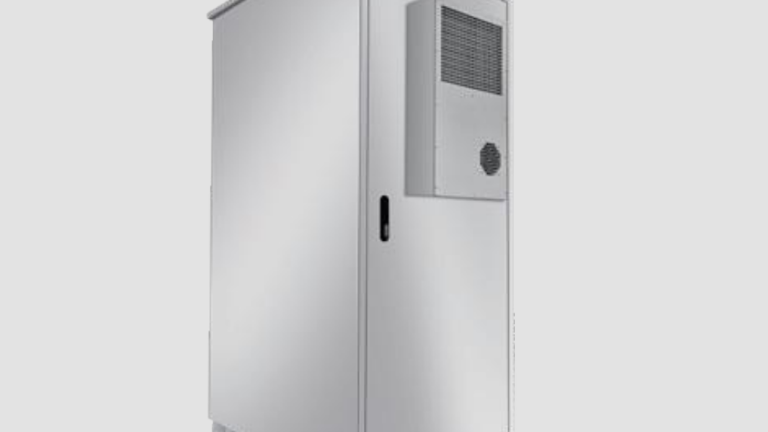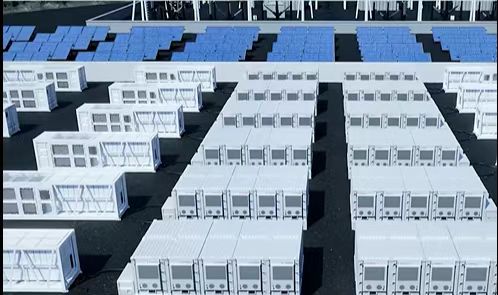Understanding Maximum Power Point Tracking and Its Role in PV + Storage Efficiency
1. Introduction: The Hidden Power Optimizer in Your Inverter
Maximum Power Point Tracking (MPPT) is one of the most critical—but often least understood—features in any solar inverter.
Whether you’re dealing with a hybrid inverter for home use or a string inverter in small C&I projects, the MPPT algorithm is what determines how effectively the inverter can extract energy from your PV array.
In short: Bad MPPT = Wasted Sunlight
Good MPPT design is essential for efficiency, ROI, and system stability.
This article will break down:
- What MPPT does
- How MPPT affects daily system output
- Why the number and range of MPPTs matter
- What to check when selecting inverters for projects
2. What Is MPPT and Why Is It Necessary?
PV modules have a nonlinear power-voltage (P-V) curve. The Maximum Power Point (MPP) is the point on this curve where the panel delivers maximum power output.
☀️ What MPPT Does:
MPPT technology dynamically tracks and adjusts the inverter’s input to keep operating at or near the MPP of the connected solar array.
⚙️ MPPT in Action:
- As irradiance, temperature, or shading conditions change throughout the day…
- MPPT re-optimizes the input voltage to extract the maximum possible power
- This can improve energy harvest by up to 30%, especially in non-ideal conditions
3. Why MPPT Design Affects Real-World Inverter Performance
Even with high-quality solar panels, poor MPPT design leads to:
- Undervoltage operation (losing watts)
- Overvoltage shutdown (system trips)
- String mismatch losses
- Inefficiency under shading or soiling
🧪 Key MPPT-Related Specs to Compare:
| Feature | What It Means |
|---|---|
| Number of MPPT Trackers | More = Better granularity for multiple arrays |
| MPPT Operating Voltage Range | Must match string Vmp under all conditions |
| Tracking Efficiency | Usually 99.5%+ for modern inverters |
| String Input Per MPPT | 1–3 strings per tracker depending on model |
| Isolation/Independent Tracking | Prevents shading on one string from affecting others |
4. How MPPT Design Impacts Residential Projects
In small residential PV + ESS systems (3–10kW), improper MPPT can reduce harvest due to:
- Roofs with multiple orientations (e.g., east–west)
- Morning/evening partial shading
- Small string sizes
✅ Recommended:
- Choose inverters with at least 2 MPPTs
- Ensure wide voltage range (e.g., 100–550V) to accommodate variable sunlight
- Look for early-start voltage (e.g., <150V) to capture morning power
5. MPPT Design in Commercial & Industrial PV + Storage Systems
C&I rooftops often have:
- Complex stringing layouts
- Multiple module orientations
- Selective shading (pipes, fans, vents)
- Long cable runs → voltage drop
For these projects:
- Use inverters with 3+ MPPTs
- Select high current capacity per MPPT (e.g., 20–25A)
- Consider MPPT isolation to prevent cross-impact of shading
6. Hybrid Inverters and MPPT: What’s Different?
Hybrid inverters combine solar input, battery charging, and grid interaction.
MPPT performance affects:
- PV → Load + Battery energy split
- Charge/discharge timing
- Battery SOC accuracy (based on input power)
💡 A good hybrid inverter with independent dual MPPTs ensures:
- Even when part of the PV is shaded, battery charging continues efficiently
- Total system yield is stabilized throughout the day
7. Key MPPT Specs to Include in Your Product Proposal
When presenting inverter options to customers, highlight the following MPPT-related specs:
| Spec | Example Value | Why It Matters |
|---|---|---|
| Number of MPPTs | 2–4 | Support multiple orientations |
| Voltage Range | 120V–600V | More flexibility in string design |
| Max Input Power per MPPT | 5,000W–10,000W | Impacts total PV input |
| Max Input Current | 12–30A | Must match panel Isc |
| Efficiency | ≥99.5% tracking | Avoid loss due to slow tracking |
| Shadow Tolerance Algorithm | Yes / Dynamic MPP scan | Adapts faster to changing light |
8. MPPT and BMS/EMS Interaction in PV+ESS Systems
In hybrid systems, MPPT output interacts directly with:
- BMS (to charge battery safely)
- EMS (to prioritize self-use or grid export)
If the MPPT output is unstable or slow to respond, you’ll see:
- Undercharging
- Battery overcurrent errors
- Delayed load transfer
Thus, stable and responsive MPPT control directly improves battery performance.
9. MPPT Firmware and Commissioning Settings
A powerful MPPT is only as good as its configuration. Look for:
- Adjustable voltage limits
- Real-time power curves on UI or app
- Firmware upgradeability (some brands offer OTA updates that enhance MPPT logic)
💡 Tip: During commissioning, always check actual voltage/power vs. expected MPP values.
✅ Internal Links for Contextual Recommendations
- How to Match a Battery Pack with a Hybrid Inverter
- Key Parameters When Sourcing Hybrid Inverters
- Designing PV + ESS for Small Businesses
10. Conclusion: MPPT = Power Assurance
In the race for better inverter specs, MPPT design is often what separates high-performing systems from low-yield disappointments.
As a technical foreign trade partner, your ability to:
- Interpret MPPT specs
- Match inverter MPPT to roof conditions
- Communicate the importance of tracking speed and range
…will give your clients confidence—and help you close more informed sales.
🌞 You’re not just selling an inverter. You’re selling energy yield.









